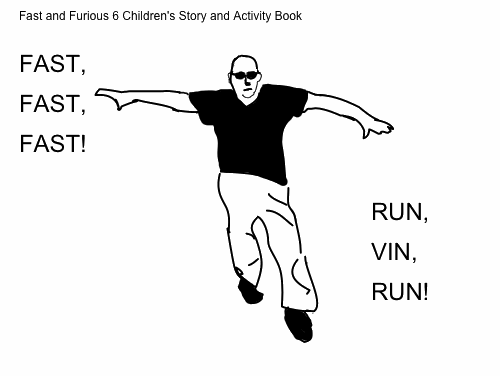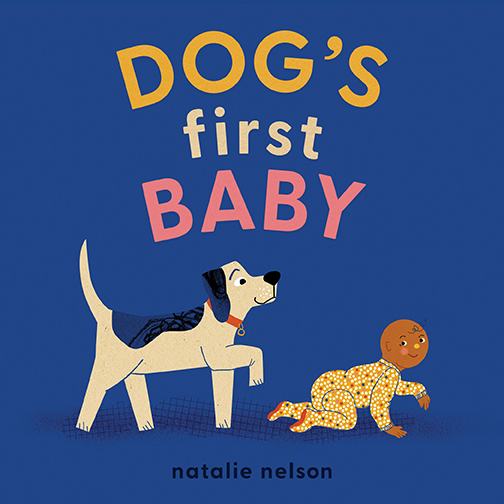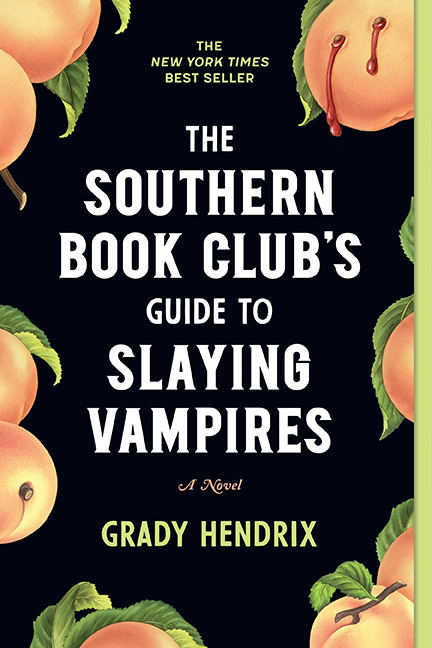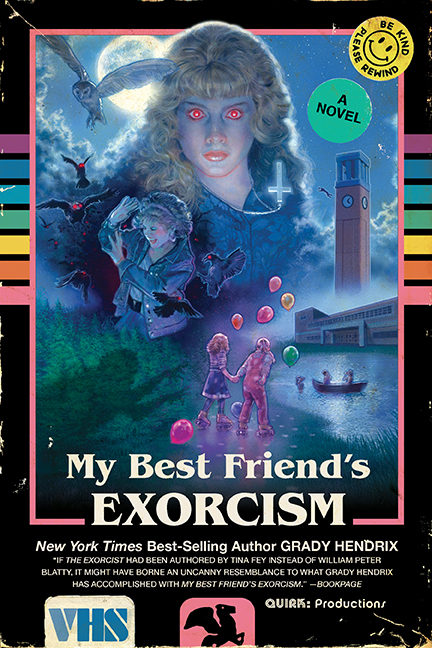Our Blog
Fast and Furious 6: The Fast and the Fuwious
This weekend, the long-awaited Fast and Furious 6 finally hits the screen. Fans of the franchise can expect plenty of fast-paced action, car chases, explosions, and perhaps a resolution of the sexual tension between Dominic Toretto and Luke Hobbs.
But did you know that this sequel is based on a popular children's book?
To get you pumped for an awesome, pulse-pounding 130 minutes of pure excitement, here are some samples from The Fast and Furious 6 Children's Story and Adventure Book. Because all roads lead to this! (They really don't).
Posted by Rick Chillot
Calling all Cats! Get your kitty in a Quirk Book!
O HAI THAR
Is your cat adorable and photogenic? Of course it is. Let us take its picture! Quirk is on the prowl for some feline models in the Philadelphia/New Jersey/New York area to be featured in photos for an upcoming book. We’re looking for a variety of colors, coats, and cat types, so don’t be shy!
If you’ve got a cat, and you’d like to participate in a photo shoot at your house, please send a few pictures and your location, availability, and contact info to [email protected] (subject: Cat Photos).
Posted by Blair Thornburgh
Let’s Have A Snail Mail Revolution!
Image via Flickr
Most consider the act of writing letters a dated activity. With the ease of email – and the immediacy of social media – there doesn’t seem to be a need for snail mail anymore. However, just because there isn’t a need does’t mean we shouldn’t embrace this traditional communication device.
There’s a permanence to snail mail that we can’t find in the digital realm. Sure, pixels on a screen can get a message across, but they don’t fill the heart with joy like the sight of an addressed envelope. We all groan at the thought of an overflowing inbox, but delight in the excitement of receiving a parcel.
Snail mail is synonymous with sentimentality. Writing a letter or putting together a great parcel requires a lot of time and effort. People cherish snail mail for years. Think of all the famous authors and illustrators who have letters on display in museums or in published anthologies (Kerouac, Hemingway, Steinbeck, Gorey – to name a few). It’s time to buy a new set of pens and remind yourself how to write by hand.
Posted by Maria Vicente
Worst-Case Wednesday: How to Smuggle Yourself Out of the Country
(Image via flickr)
You’re an extremely important figure, and you’ve just committed a crime that will definitely land you in a jail cell. It’s OK! We’ve all been blinded by power, and your high-falutin status is precisely why you think you should get a “get out of jail free” card.
Unfortunately, not everyone will agree. You’ve got to get out of the country to avoid the punishment you undoubtedly deserve, and quickly. What do you do? Ok, even if you’re a stellar citizen at the moment, everyone should be prepared to leave the country at the drop of a hat. You never know. Maybe you just need to wait until things cool down enough to assume but you’ve got to play it just the right way.
Posted by Jennifer Murphy
Quirk Heads to BEA: Say Hi, Meet Authors, Get Swag
Hey Quirk fans!
Next week, we're packing up a bunch of books, swag, and authors (using only the finest packaging materials for them), and heading to Book Expo America for three days of hanging out with booksellers, book bloggers, book publishers, book readers… book lovers from all across the country. You get the idea. And we can't wait!
In addition to selling lots of books and dishing out free posters, ARCs, and totesbags, we've got some fun events going on through out the convention. And we want you to join us in (and out!) of our booth (#2848!) at BEA for a whole bunch of fun activities.
Posted by Eric Smith
5 Unreliable Narrators Who Made For Unforgettable Stories
As a writer, I’m endlessly fascinated by the notion of unreliable narrators in fiction. Whether they’re pathological liars, mentally ill, naïve, or acting out of good impulses, these characters manipulate the readers into believing a certain order of events. They fudge details, hide vital information, and challenge their audience to evaluate not only the story being told, but the way in which it’s being relayed. They’re the most authentic characters you’ll encounter because of this very human trait.
It’s also a trope that exists across literature, TV, and film alike, utilizing the elements of each medium to reveal how deep the deception actually goes. The unreliable narrator is an exhaustive trope, so this list of my personal favorites only scratches the surface. Warning: I’ll be discussing spoilers (some major, some minor) in these entries.
Posted by Natalie Zutter






